Hello all friends:
Cultivation of mung dal, also known as mung bean or green gram, is a popular practice in many regions, especially in South and Southeast Asia. Mung dal is a nutritious legume that is widely used in various culinary dishes, and it also plays a crucial role in crop rotation to improve soil fertility.
Cultivation of mung dal, also known as mung bean or green gram, is an essential agricultural practice in many parts of the world, particularly in Asia. Mung dal is a valuable crop due to its high nutritional content, easy digestibility, and versatility in various culinary applications.
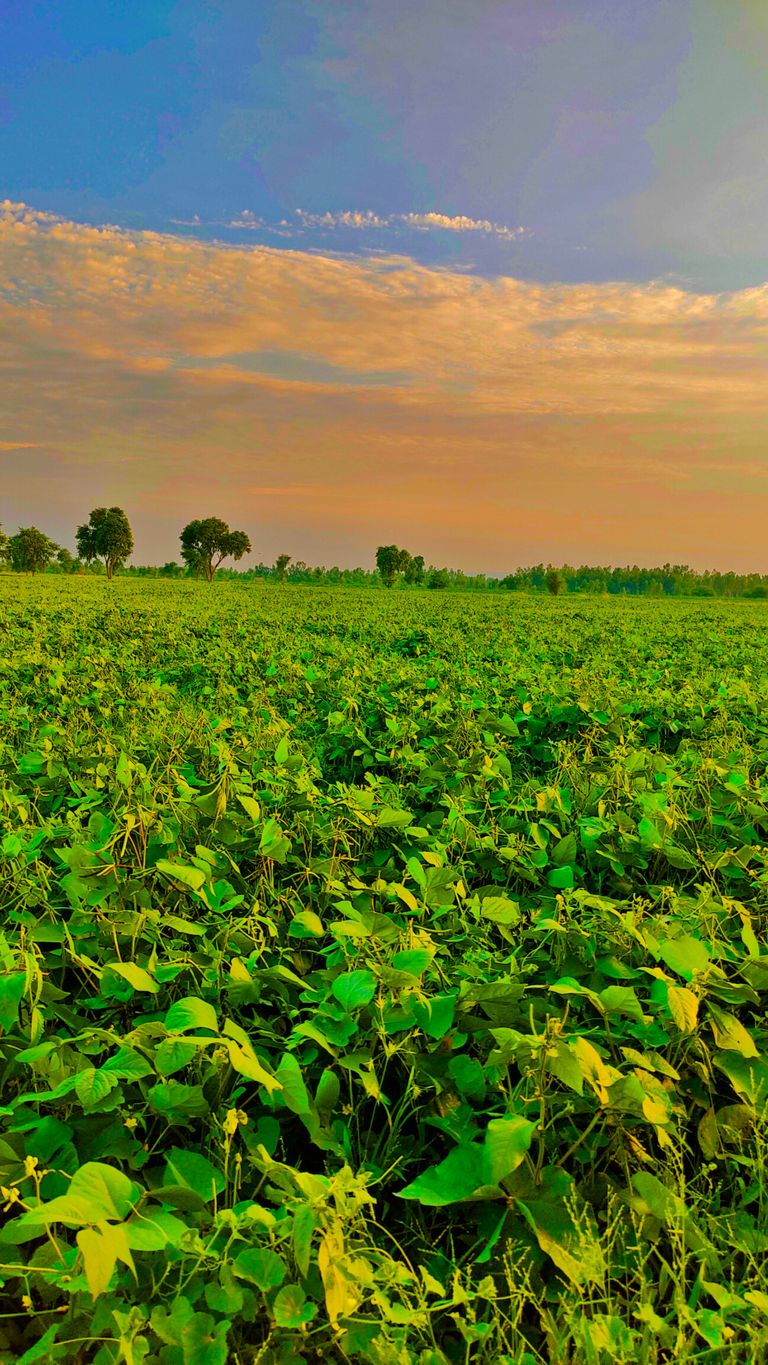
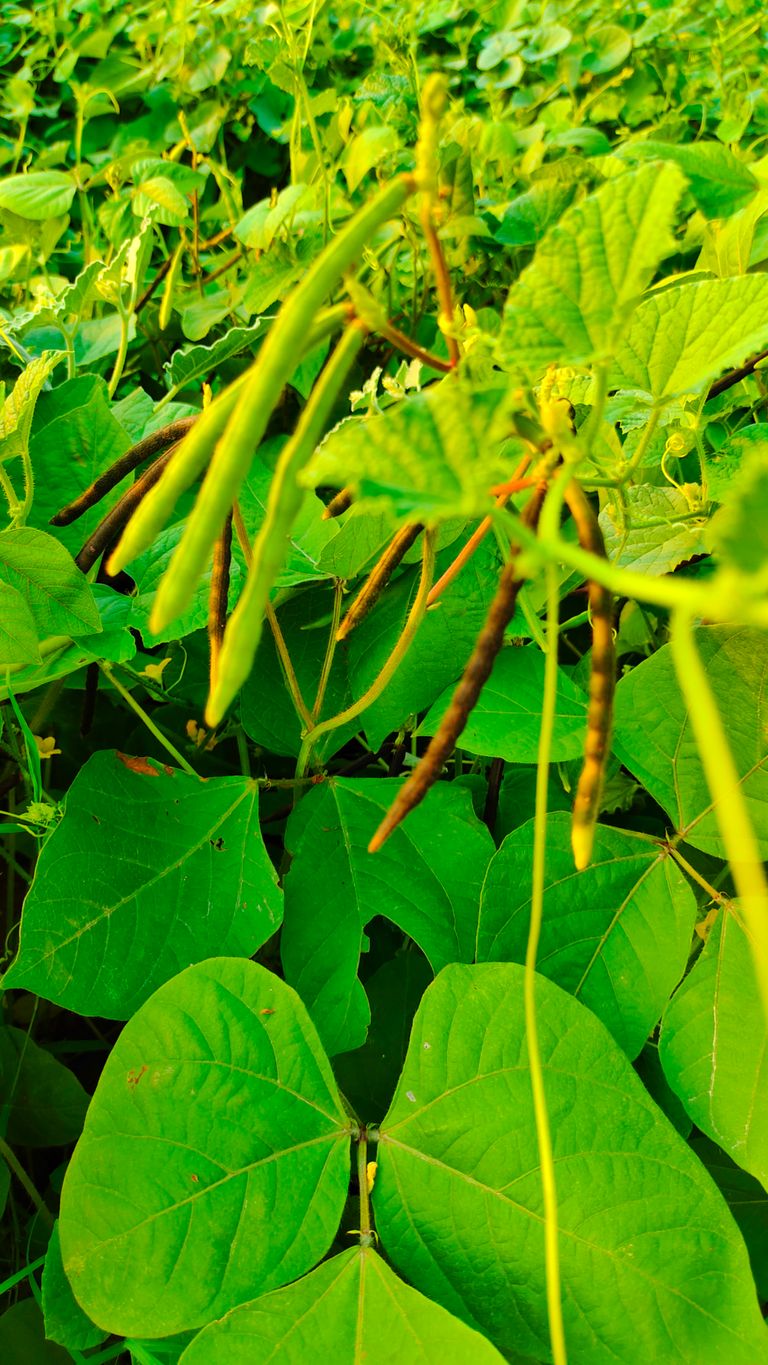
Here are the general steps involved in cultivating mung dal:
Selecting the Right Variety: Choose a suitable variety of mung bean that is well-adapted to the local climate and soil conditions. Some varieties are better suited for specific regions or seasons.
Preparing the Land:
Prepare the land by plowing, harrowing, and leveling the field. This helps in breaking the soil and creating a suitable seedbed for sowing.
Seed Selection:
Choose high-quality seeds for planting. You can either use seeds saved from the previous harvest or purchase certified seeds from a reliable source.
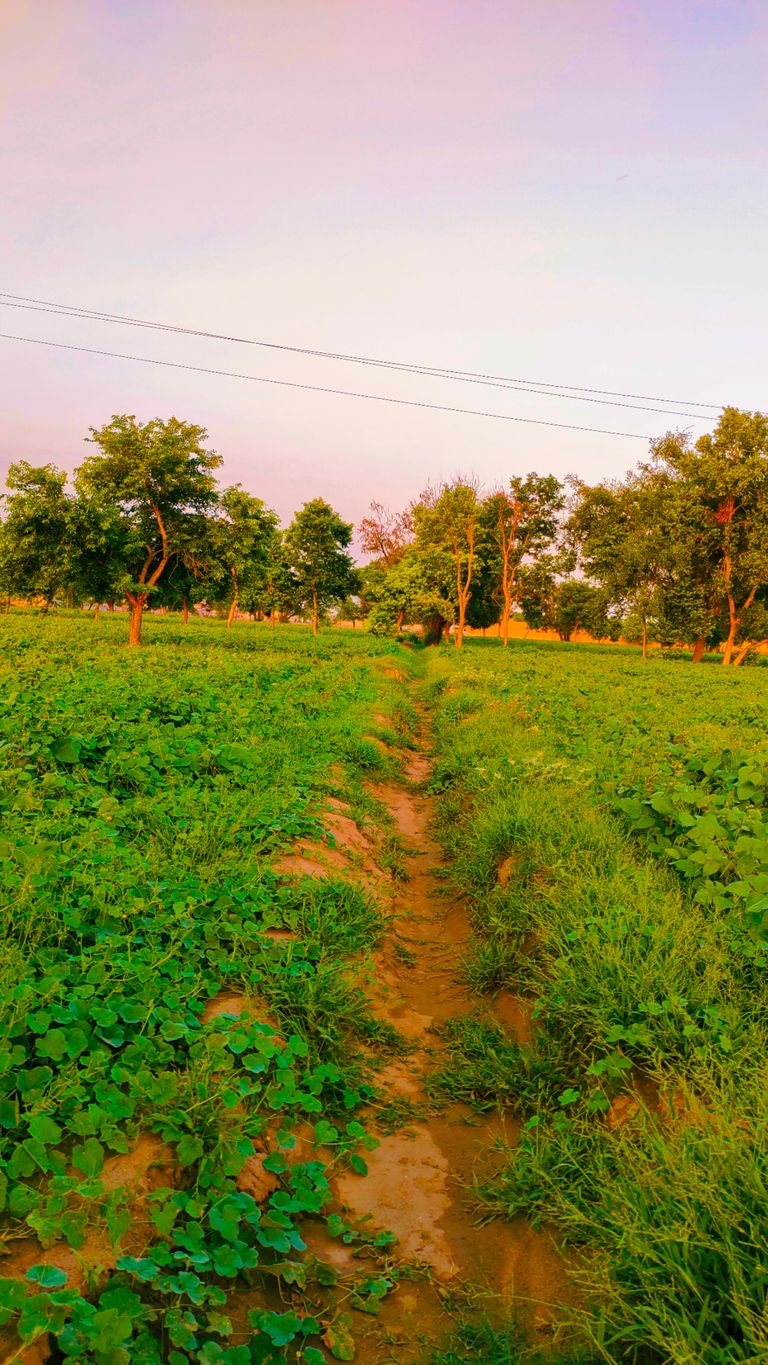
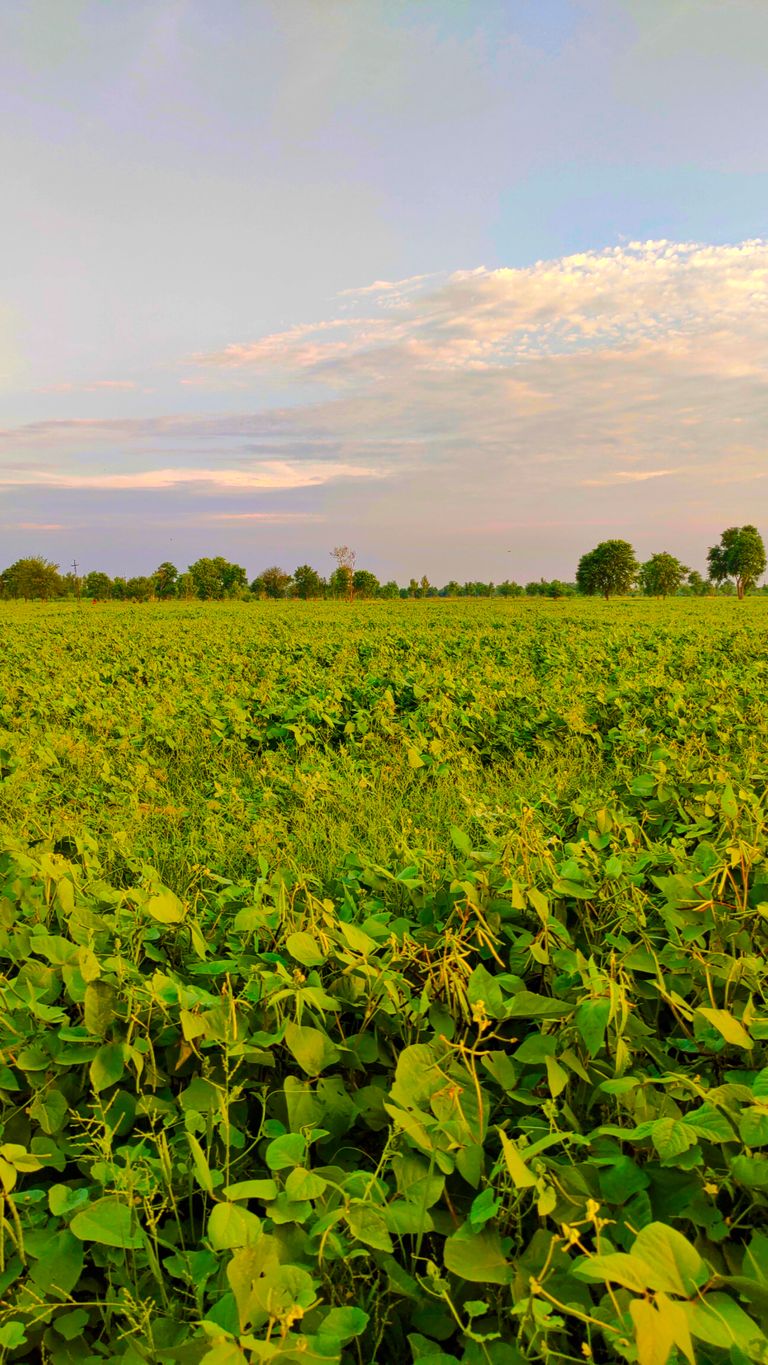

Sowing: The ideal time for sowing mung dal may vary depending on the climate and region. Generally, mung beans are sown at the onset of the rainy season or during the cooler months to ensure sufficient moisture for germination.
Seed Rate and Spacing:The recommended seed rate and spacing between rows and plants depend on the variety and local conditions. However, mung beans are often sown in rows spaced about 30 to 45 cm apart.
Watering:Adequate water supply is essential for the proper growth of mung dal. During the early stages, ensure that the soil remains consistently moist to support germination and early growth.
Weeding:Regular weeding is necessary to prevent weed competition and to allow the mung plants to grow without interference. Hand weeding or using appropriate herbicides can be employed.
Fertilization:Mung dal is a legume, which means it has the ability to fix nitrogen in the soil through a symbiotic relationship with nitrogen-fixing bacteria. However, in poor soils, supplemental organic or inorganic fertilizers may be used.
Pest and Disease Management: Monitor the crop for any signs of pests or diseases. Insecticides or natural remedies can be used if pest populations become a threat to the crop.
Harvesting: Mung dal is typically harvested when the pods have matured and turned yellow or brown. The exact timing will depend on the variety and the intended use of the crop.
Drying and Threshing: After harvesting, the mung bean plants are dried in the field or on clean surfaces to reduce moisture content. Threshing is then done to separate the seeds from the dried plants.
Post-Harvest Handling: Properly store the harvested mung beans in a dry and well-ventilated area to prevent moisture-related damage or mold growth.
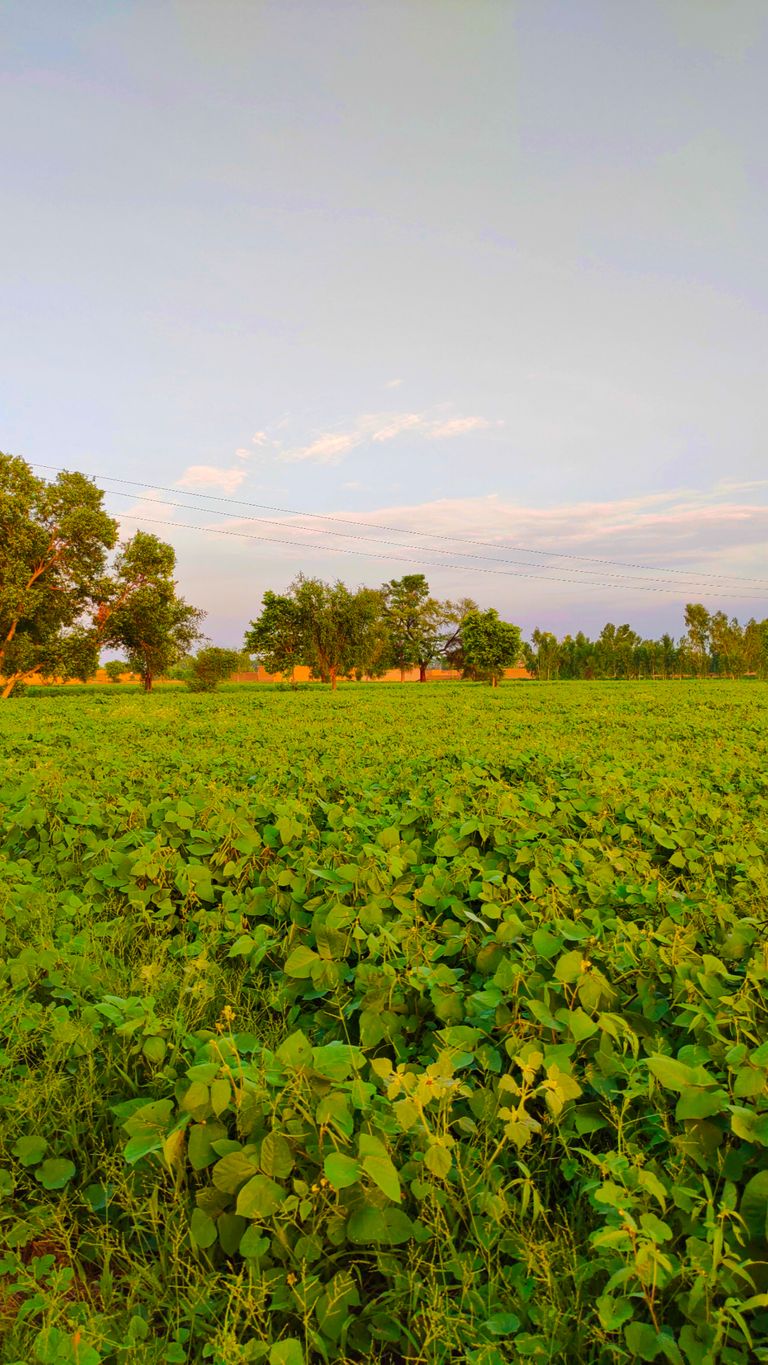
Mung dal is a relatively easy crop to cultivate, and its short duration (about 60-90 days) makes it an attractive option for farmers. Additionally, its ability to fix nitrogen in the soil improves soil fertility, making it a valuable crop in crop rotation systems.